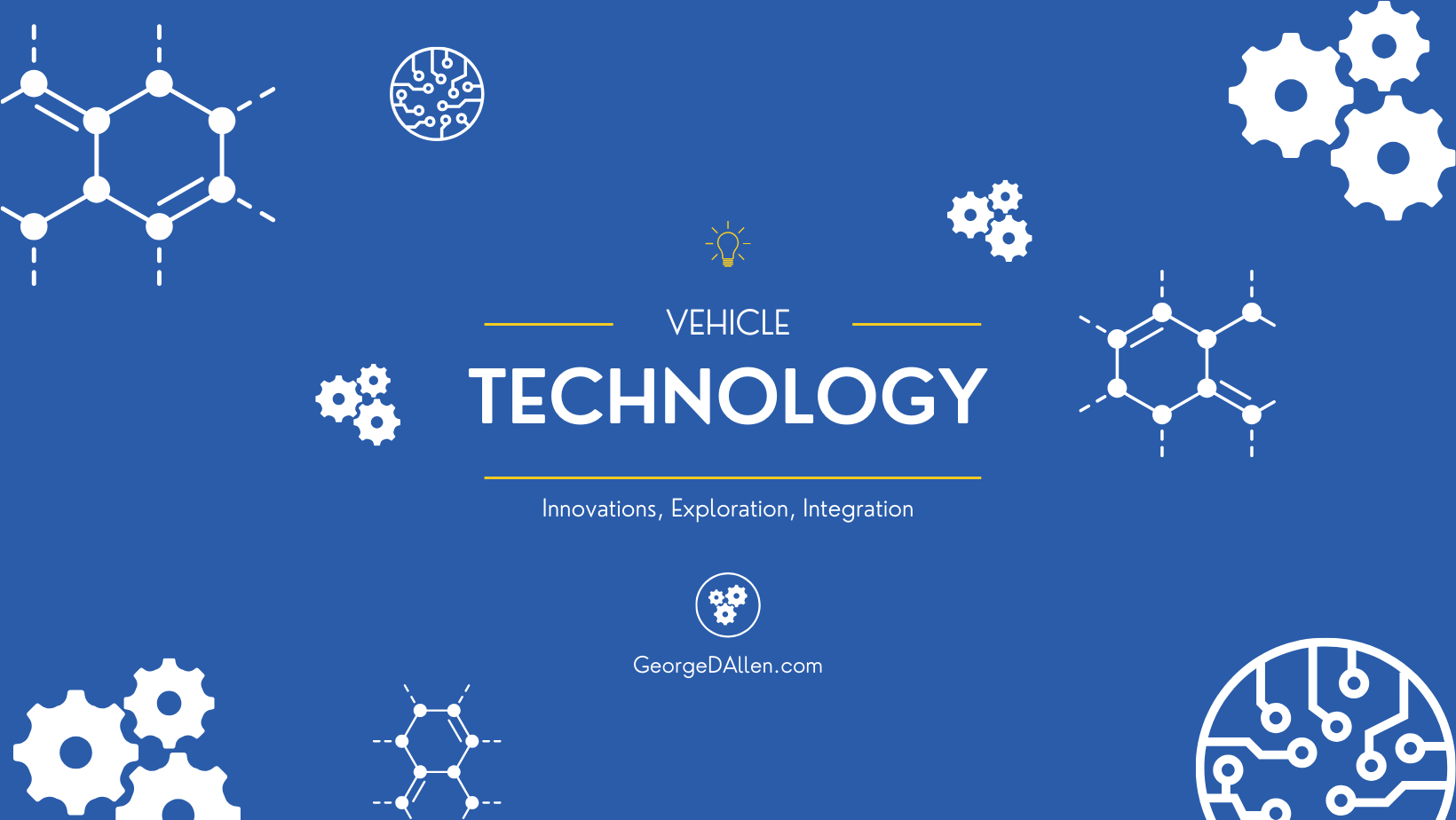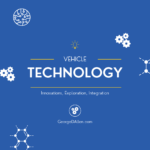GM-Google AI Alliance – New Vehicle Platform Analysis

GM–Google AI Alliance - New Vehicle Platform Analysis
Excerpt from Applied Philosophy III – Usecases (Systemic Failures Series)
When Complexity Arrives Before Failure - GM-Google AI
Generally, vehicle platform analysis of the new GM–Google AI collaboration shows that systemic risk can appear early. Therefore, it often emerges long before any visible malfunction occurs. The partnership, announced in October 2025 by The Wall Street Journal and Reuters, marks a major step toward the software-defined vehicle era.
Hence, through this alliance, GM will integrate Google’s Gemini AI into its 2026–2028 vehicle platforms. The system will enable voice control, predictive maintenance, and “eyes-off” driving on mapped highways.
On paper, the architecture seems seamless—conversational AI joined with autonomous control in one digital ecosystem. In practice, however, the same convergence reappears that has preceded many large-scale recalls. Multiple validated technologies combine without a shared verification language. This convergence produces what I call pre-failure complexity: the system performs as designed, but comprehension and verification fall behind its execution.
The Architecture of Convergence
GM’s next-generation electrical architecture will merge perception, actuation, and digital-assistant logic into one compute domain. In this setup, Gemini AI becomes the user interface for both entertainment and autonomy. It bridges cloud data with in-vehicle decision loops, linking driver interaction to machine control.
Automotive News (Oct 2025) reported that the goal is faster feature updates and a unified user experience. Yet vehicle platform analysis shows that this convergence also blends domains built on very different safety assumptions. Conversational AI was designed for flexibility and ambiguity. Autonomous control, by contrast, depends on determinism and proof.
As these domains overlap, their assumptions collide. Without explicit Usecases defining where “AI advice” ends and “system command” begins, behavior becomes ambiguous. That boundary—unverified by either supplier—remains undefined and potentially unsafe.
Requirements and the Missing Link
Every technical document in the GM–Google AI alliance shows both strength and weakness. Each one contains detailed component requirements but few cross-domain Usecases. The voice-interface engineers validate natural-language intent. The ADAS team verifies trajectory planning. The cybersecurity group checks network integrity and intrusion resistance.
Yet the shared requirement that should connect these domains is missing. Nowhere does it state: “The system shall maintain lawful and safe vehicle behavior when AI interpretation conflicts with driver input.” Without this principal Usecase, each discipline measures success in isolation. The integrated vehicle, however, inherits a quiet gap in comprehension.
Within GM–Google AI development, that gap becomes the root condition of systemic failure—verification continuing without a single, agreed definition of truth.
Verification Loops Without Common Context
Testing within the GM–Google AI alliance follows the same fragmented pattern seen in its requirements. Gemini’s cloud simulator verifies conversational accuracy through billions of prompts, while GM’s virtual proving ground tests sensor fusion across millions of kilometers. Each dataset is internally complete yet externally incompatible.
Without a shared Library of Usecases defining how AI-generated actions interact with safety-critical commands, verification becomes procedural rather than epistemic—a checklist that measures activity instead of comprehension. As CNBC Tech observed (Oct 2025), early pilot programs demonstrate rapid iteration but little cross-validation between AI logic and vehicle dynamics. In this GM–Google AI context, the Working Model required for system-level truth still trails behind the speed of deployment.
Supplier Integration and Accountability Drift
The GM–Google AI alliance formalizes GM as the system owner and Google as the cloud supplier. Yet within a software-defined architecture, accountability naturally begins to diffuse. The AI supplier retains ownership of logic that evolves continuously through data updates, while the OEM maintains responsibility for physical safety certification. Meanwhile, the consumer experiences outcomes influenced by both sources of authority.
As vehicle functions become increasingly data-driven, verification that depends on evolving datasets must be defined per Usecase, not per component. A structured Library of Usecases would make this accountability boundary explicit, identifying which scenarios are verified jointly by GM and Google and which remain under OEM authority alone. Without such definition, GM–Google AI risk management turns from a technical discipline into a negotiation—an uncertain exchange where responsibility is argued rather than engineered.
Mitigation Through Finite Development - GM–Google AI
To manage pre-failure complexity, the GM–Google AI alliance must treat every intended function as a finite hypothesis: “Under these defined conditions, this system shall behave predictably, repeatably, and safely.” That hypothesis should then be verified through bounded iteration—the finite development loop described in Applied Philosophy III – Usecases.
Within this framework, AI tools serve as analytical partners rather than replacements for engineering judgment. They can automatically generate Usecase families, identify redundant or overlapping conditions, and flag verification gaps that escape manual review. Through this approach, GM–Google AI development gains scalability without sacrificing traceability, ensuring that expansion of capability proceeds only within the limits of proven comprehension.
The Ethical Boundary
Autonomous systems such as those emerging from the GM–Google AI collaboration do not fail ethically; they fail epistemically. They act beyond the range of verified comprehension, performing decisions that exceed the boundaries of what has been demonstrably understood. A Usecase-driven framework restores moral structure to technical verification by declaring, in measurable terms, the limits of knowledge within which the system may operate.
Inside those limits, truth can be proven and behavior verified. Beyond them, deployment must stop until comprehension is restored. For GM–Google AI and every evolving vehicle platform, that boundary is not a restriction but the working definition of responsibility itself.
Key Takeaway - Vehicle Platform Analysis - GM–Google AI
The GM–Google AI alliance stands at the frontier where autonomy, conversation, and computation converge—and where misunderstanding can scale faster than oversight. While pre-failure complexity cannot be eliminated, it can be contained through finite, verifiable Usecases that are shared and jointly validated across all suppliers. When these Usecases define both scope and accountability, systemic risk becomes measurable rather than speculative.
In this discipline lies the essential divide between innovation and incident. The collaboration between GM and Google will succeed only to the extent that comprehension precedes execution—a truth central to Applied Philosophy III – Usecases, where understanding becomes verification before complexity becomes failure.
(© 2025 George D. Allen — Excerpt and commentary from “Applied Philosophy III – Usecases.”)
References:
- https://georgedallen.com/new-engineering-ethics-fundamentals-of-product-development/
- https://georgedallen.com/objectivist-philosophy-in-new-engineering-ethics/
- https://www.cnbc.com/2025/10/22/gm-tech-google-ai.html
- https://news.gm.com/home.detail.html/Pages/news/us/en/2025/oct/1022-AI-GM-launch-eyes-off-driving-conversational-AI.html
About George D. Allen Consulting:
George D. Allen Consulting is a pioneering force in driving engineering excellence and innovation within the automotive industry. Led by George D. Allen, a seasoned engineering specialist with an illustrious background in occupant safety and systems development, the company is committed to revolutionizing engineering practices for businesses on the cusp of automotive technology. With a proven track record, tailored solutions, and an unwavering commitment to staying ahead of industry trends, George D. Allen Consulting partners with organizations to create a safer, smarter, and more innovative future. For more information, visit www.GeorgeDAllen.com.
Contact:
Website: www.GeorgeDAllen.com
Email: inquiry@GeorgeDAllen.com
Phone: 248-509-4188
Unlock your engineering potential today. Connect with us for a consultation.

